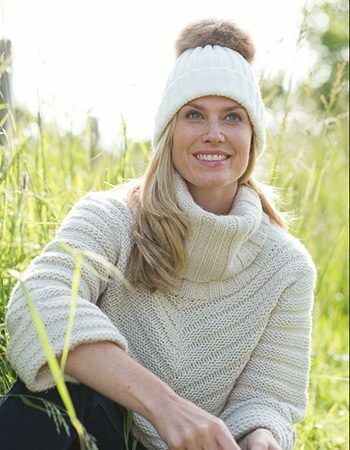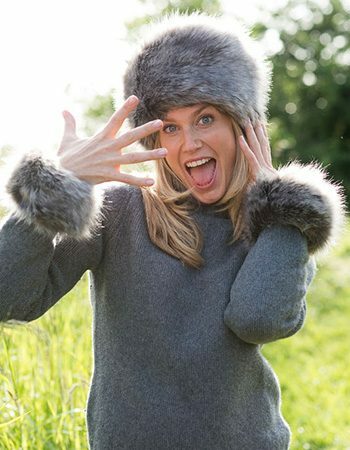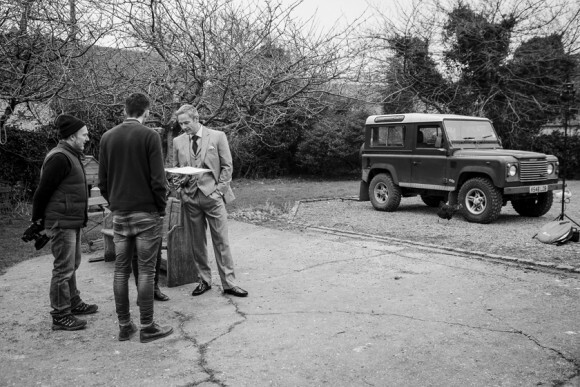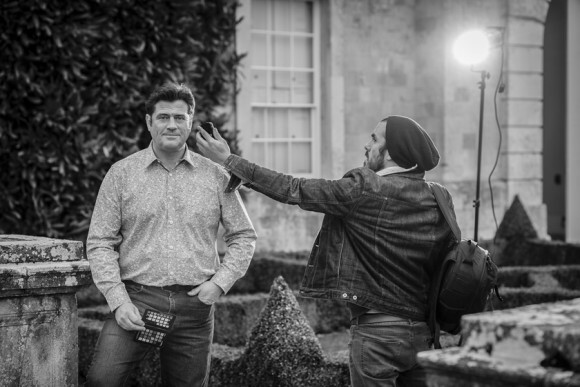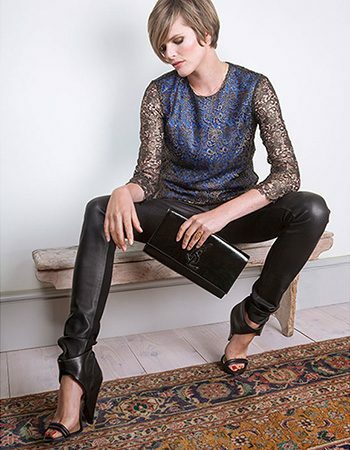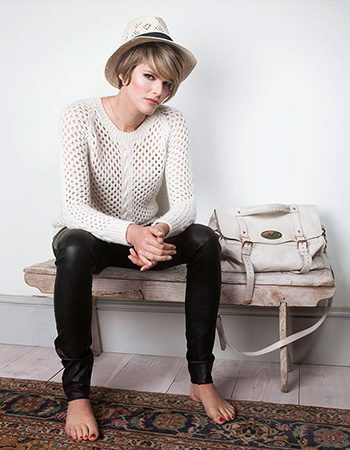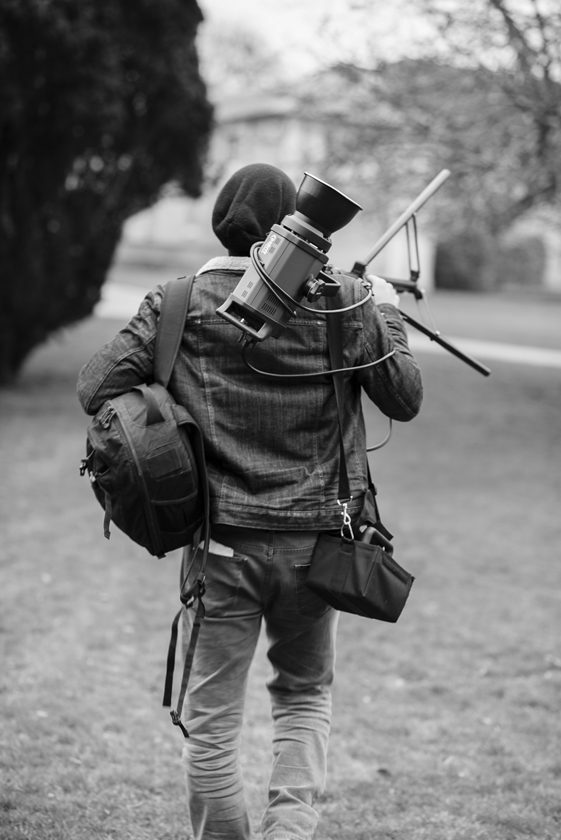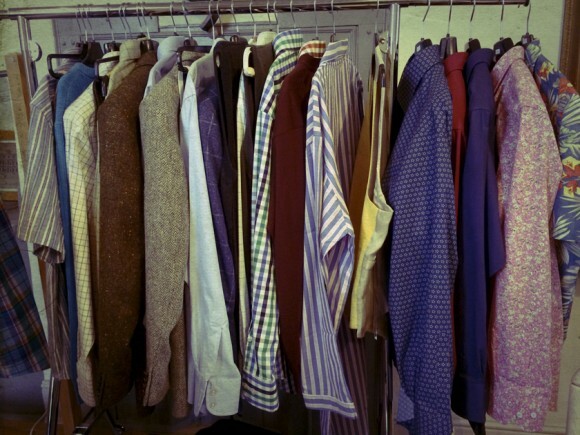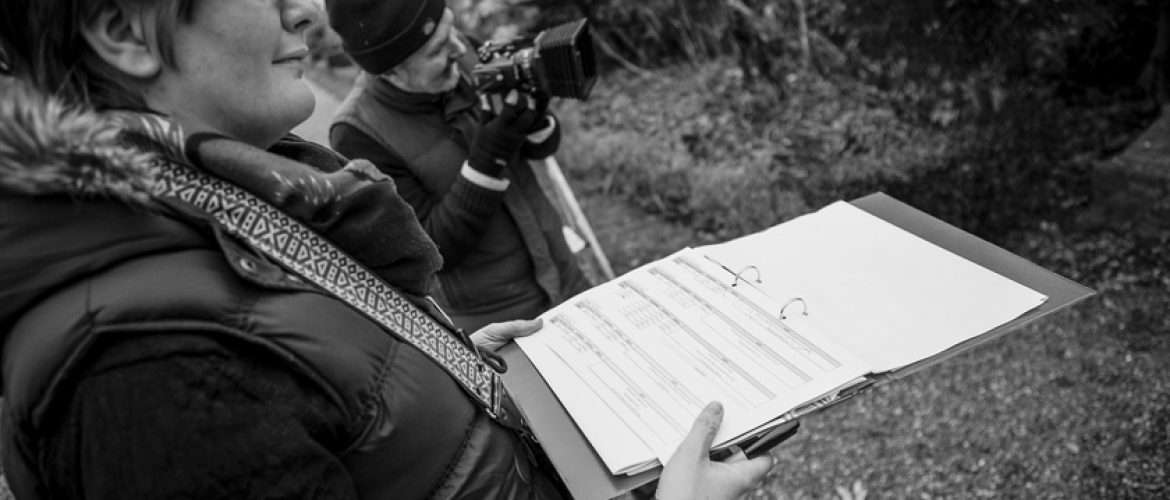
Preparing for a Commercial Fashion Shoot
Even the most natural looking fashion shoot invariably has a lot of work behind it. It takes time and forward thinking to bring all the necessary elements together, and so careful planning can mean the difference between a productive day and a frustrating race to get the shots you need.
As the main aims of a commercial fashion shoot are to strengthen the identity of a brand and showcase the garments in their best light, thinking about the direction you want to take your images long-term can be a really helpful way to start in planning the shoot for your collection. Have you had any shoots done in the past? What worked and didn’t work, and why? There are so many elements to consider that a lack of planning in any one area can have a big impact on the final result.
So first things first. Speak to your photographer about the type of shoot you want to achieve. Do you have reference images you can show them for any similar campaigns that you particularly like? Discuss location, and make sure the space or studio you want to use is available on the day. If you’re using a studio, what type of background do you want? Do you need props/set/a paper backdrop? Make sure you can order/ source/ build any of these elements in time for the shoot. Be aware that there may costs attached to many of these elements, so consult your photographer on what they are likely to be – They’ll be able to advise you on the best way to achieve what you are looking for with the budget you have available.
Discuss the type of lighting you want to create, and whether you will need to hire any additional equipment. You may not have a strong direction in mind for this, so your photographer can help and advise you. All the elements should tie together cohesively so that the model compliments the clothes, which work with the location, and are enhanced by the hair and make up and so on. It’s important to discuss how long it will take to set up for the shoot, and any additional timeframe for changing lighting or styling between images so that you can factor this into your plan for the day.
It’s also important to check the facilities in and around your location. Is there a space for you to use for hair and make-up? Do you have access to a steamer and rails for clothes or do you need to bring your own? Are there places to eat nearby? What time can you arrive/need to leave by? There’s nothing worse than turning up somewhere and discovering you don’t have the essentials.
Models are a key element that can make or break a shoot. Don’t be tempted to work with someone who is not a professional model unless you have properly tested them before-hand. It’s not enough to be pretty or have a great figure, modeling is a skill that takes a lot of work to master. Confidence in front of the camera is essential, as well as a strong understanding of posing / angles and how to use them. Someone who looks great in person may just not work on camera – it’s worth taking some time and doing your research. You also need to consider the type of model that will work best for your brand – A catwalk model may not look great in sports apparel, and a swimwear model may be too athletic for evening dresses.
You also need to consider hair, make up and styling. Unless your model has flawless skin and is able to professionally style their hair, using a hair and make-up artist is highly recommended. What you spend on their day rate is generally saved in retouching time after the shoot. You may not immediately think of hiring a stylist, but it’s also well worth considering. Having a stylist on set to check your garments are looking their best means that you are free to oversee and approve the style of the images, ensuring you are getting all the shots you need. The result is maximising your output of great images, and minimising the amount of work needed post-shoot.
Your stylist can source clothes or accessories, take care of the pre-shoot preparation (hanging/ steaming) style the garments on set, and deal with any returns after the shoot. With so many elements to consider on the day, it’s their job to make sure there are no labels showing, buttons undone or wrinkles in the fabric. If you don’t have or can’t afford a professional stylist, it’s worth considering using a good assistant who can be tasked with some of the key preparation and last minute tasks.
Planning a visual mood board before your shoot is a great way to collate all your ideas and ensure that everyone is on the same page. Showing reference images for hair/ make up and styling mean that everyone involved in the shoot knows what to plan/bring with them and what they’ll be expected to do on the day. It can also act as a great point of reference on the day to keep you focused on the images you want to achieve. It also helps to make a shot list so that you have a frame of reference for the quantity of images you need, and you can tick them off as you go so that nothing gets missed.
With careful planning and attention to detail before the shoot, you’re well on track for a stress-free day and achieving a beautiful, aspirational set of images that will strengthen your brand identity.
Written by Beth Steddon

